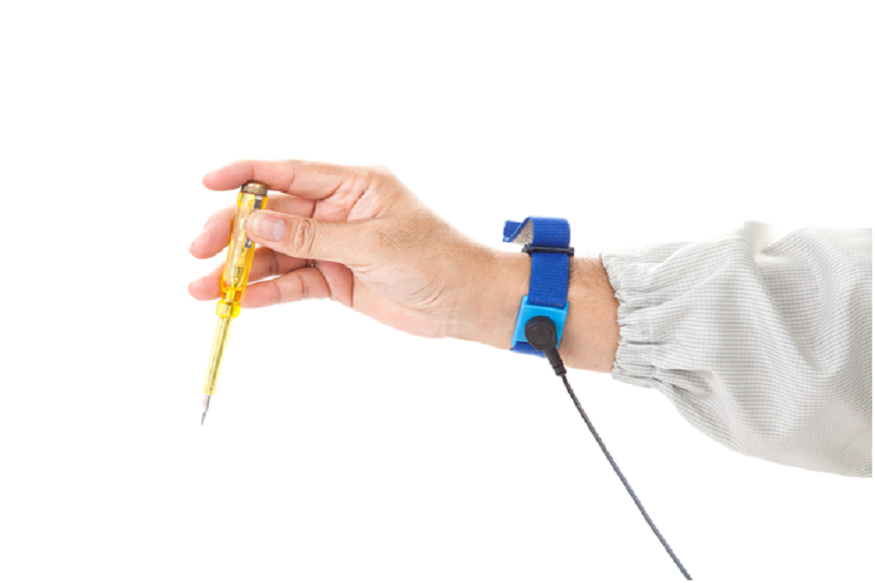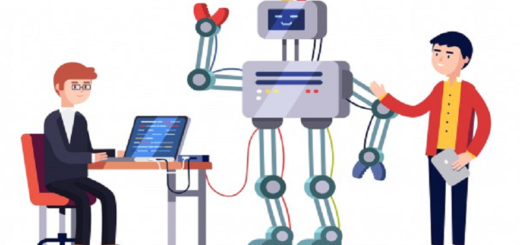11 Common Mistakes to Avoid When Cleaning Your PC or Laptop
 Cleaning your PC or laptop is essential — wait too long, and your machine starts looking (and running) like it’s been through a dust storm. But before you grab the nearest bottle of cleaning spray and a paper towel, slow down. Computer recycling is great for old machines, but if you clean your current rig the wrong way, you could shorten its lifespan more than you’d expect.
Cleaning your PC or laptop is essential — wait too long, and your machine starts looking (and running) like it’s been through a dust storm. But before you grab the nearest bottle of cleaning spray and a paper towel, slow down. Computer recycling is great for old machines, but if you clean your current rig the wrong way, you could shorten its lifespan more than you’d expect.
To help you avoid accidental damage, here are common mistakes people make when cleaning their PCs and laptops — and how to do it the right way.
1. Not Powering Down Before Cleaning
Turning off your PC before cleaning might seem obvious, but you’d be surprised how many people forget. Cleaning a powered-on system puts you at risk of electric shock or accidental short circuits. And if any liquid gets inside while it’s running, well, say goodbye to your motherboard.
- Shut down your PC or laptop completely.
- Unplug it from the wall to prevent any power flow.
- For laptops, remove the battery if possible.
2. Using Paper Towels or Rough Cloths on Screens
Your monitor deserves better than a scratchy paper towel and glass cleaner. Paper towels are slightly abrasive and can leave micro-scratches that build up over time. A damaged screen won’t just look bad — it’ll be a constant, annoying reminder of why proper cleaning tools matter.
- Use a soft, lint-free microfiber cloth.
- Wipe gently in circular motions to avoid streaks.
- For stubborn smudges, lightly dampen the cloth with distilled water or screen-safe cleaner.
3. Spraying Liquid Directly on Your Device
You’d never pour water directly onto your keyboard, right? But spraying liquid cleaner straight onto your screen, vents, or keyboard is just as bad. Liquid can seep inside and cause internal damage, leading to costly repairs — or worse, a dead machine.
- Spray cleaner onto a cloth, not directly onto the device.
- Use a lightly dampened cloth rather than soaking it.
- If liquid gets inside, immediately power down and dry it thoroughly before use.
4. Ignoring Data Backup Strategies Before Internal Cleaning
If you’re opening up your PC to clean out dust, it’s smart to back up your data first. Knocking a loose cable or causing a static discharge could result in unexpected failures — or even a wiped drive. Data backup strategies are essential because the last thing you want is to lose important files just because you were trying to be responsible.
- Save important files to an external drive or cloud storage.
- Use backup software to create a full system image if you’re making internal adjustments.
- Double-check that your backup is complete before proceeding.
5. Skipping Anti-Static Precautions (ESD Safety)

Source: WIN12_ET/Shutterstock.com
You might not see it, but static electricity can instantly fry delicate components. Something as simple as touching your motherboard with an ungrounded hand can cause serious damage.
- Wear an anti-static wrist strap when working inside your PC.
- Work on a hard, non-carpeted surface to minimize static buildup.
- Touch a metal part of your case before handling components to discharge static.
6. Using a Vacuum Cleaner on Internal Parts
Vacuuming your PC might sound like a time-saver, but household vacuums generate static electricity. A single zap could kill your motherboard. Plus, the suction force can dislodge small components or fan blades.
- Use compressed air instead of a vacuum.
- Hold fans in place when blowing air to prevent them from spinning too fast.
- Blow dust outward, away from sensitive parts, instead of deeper into the system.
7. Overdoing It with Compressed Air
Compressed air is a lifesaver when cleaning your PC, but if you’re not careful, it can cause more harm than good. Spraying too closely or for too long can force dust deeper into components or damage fragile parts.
- Use short bursts rather than holding the trigger continuously.
- Keep a safe distance (six to eight inches) from internal components.
- Hold fans in place while cleaning to prevent damage.
8. Neglecting Air Vents and Cooling Fans
If your PC has been running hot, dust buildup in vents and cooling fans might be to blame. Poor airflow leads to overheating, and overheating leads to — you guessed it — performance issues and potential hardware failure. If you’ve been wondering why your computer is so slow, dust-clogged cooling systems could be the culprit.
- Clean vents and fans regularly to maintain airflow.
- Use compressed air or a soft brush to remove built-up dust.
- Check for dust buildup inside the CPU heatsink or GPU fans.
9. Mishandling the Keyboard and Peripherals
Your keyboard, mouse, and other peripherals need love, too — but that doesn’t mean throwing them in the dishwasher (yes, people have done this). Submerging keyboards in water or prying off keycaps without care can lead to permanent damage.
- Use compressed air or a small brush to clean between keys.
- Disinfect with electronics-safe wipes or isopropyl alcohol on a microfiber cloth.
- Avoid removing keycaps unless you know how to reinstall them properly.
10. Using the Wrong Cleaner on Acrylic Panels
If your PC case has an acrylic window, using the wrong cleaning solution can leave behind foggy streaks, scratches, or even permanent damage. Many household glass cleaners contain ammonia or alcohol, which can cause clouding or discoloration over time. Instead of making your case look pristine, you could end up with a blurry, scratched mess that’s impossible to fix.
- Use a mild soap and water solution instead of harsh chemicals.
- Wipe gently with a soft, microfiber cloth to prevent scratching.
- Avoid rough paper towels, which can leave behind tiny scratches over time.
Source: Georgii Shipin/Shutterstock.com
11. Neglecting Regular Dusting and Maintenance
Cleaning your PC once and calling it a day isn’t enough. Dust is relentless, and it will always find a way back in. Neglecting regular dusting allows buildup to clog vents, reduce airflow, and cause overheating. Over time, this can lead to sluggish performance, increased fan noise, and even hardware failure.
- Set a reminder to clean dust from your PC at least once every few months.
- Use compressed air to clear out vents, fans, and heatsinks before dust gets out of hand.
- Keep your PC in a well-ventilated area to reduce the amount of dust it collects.
Keep Your PC Clean and Running Smooth
A clean PC is a happy PC — but only if you’re cleaning it the right way. By avoiding these common mistakes, you’ll extend the life of your machine, improve performance, and keep everything running smoothly. Take your time, use the right tools, and treat your computer with the care it deserves. Your future self (and your rig) will thank you.



